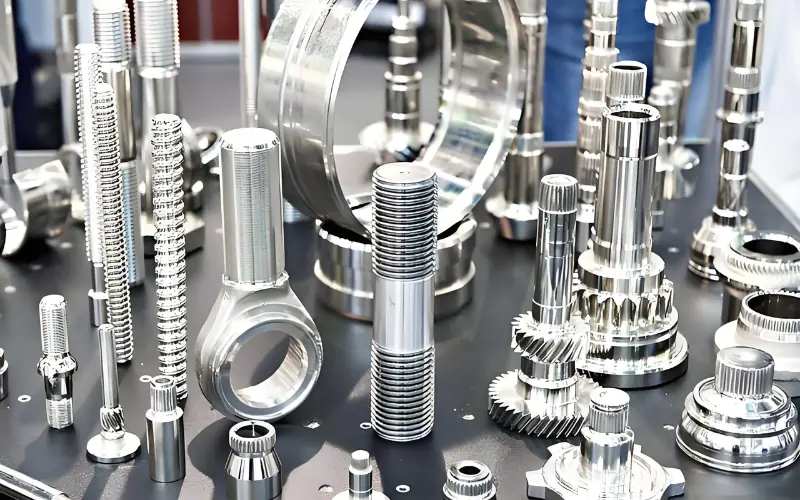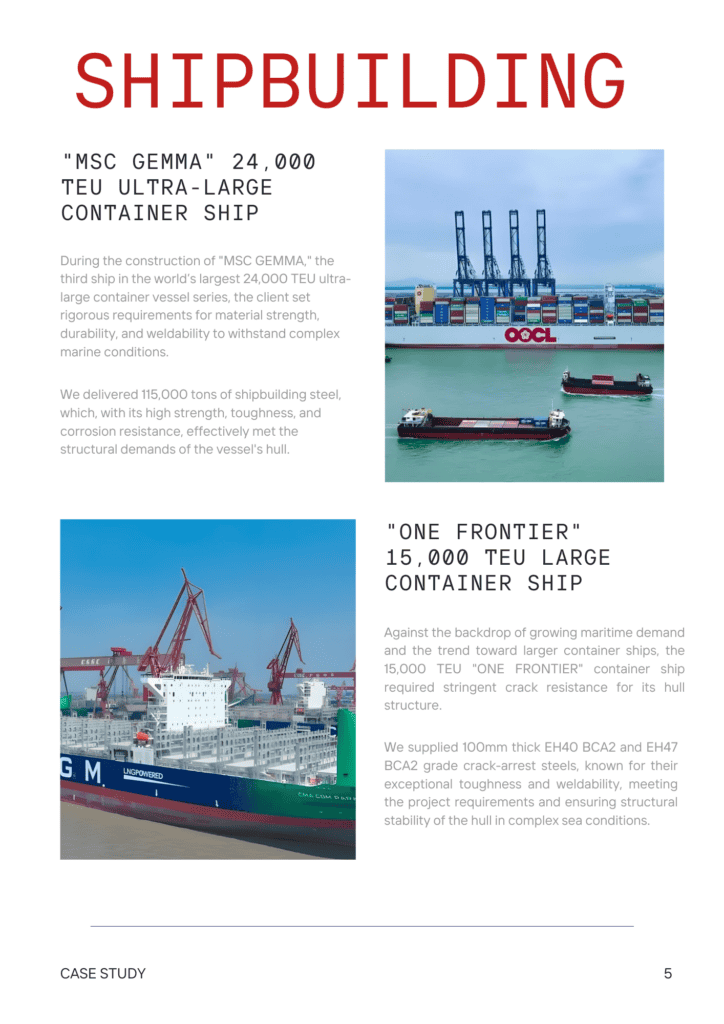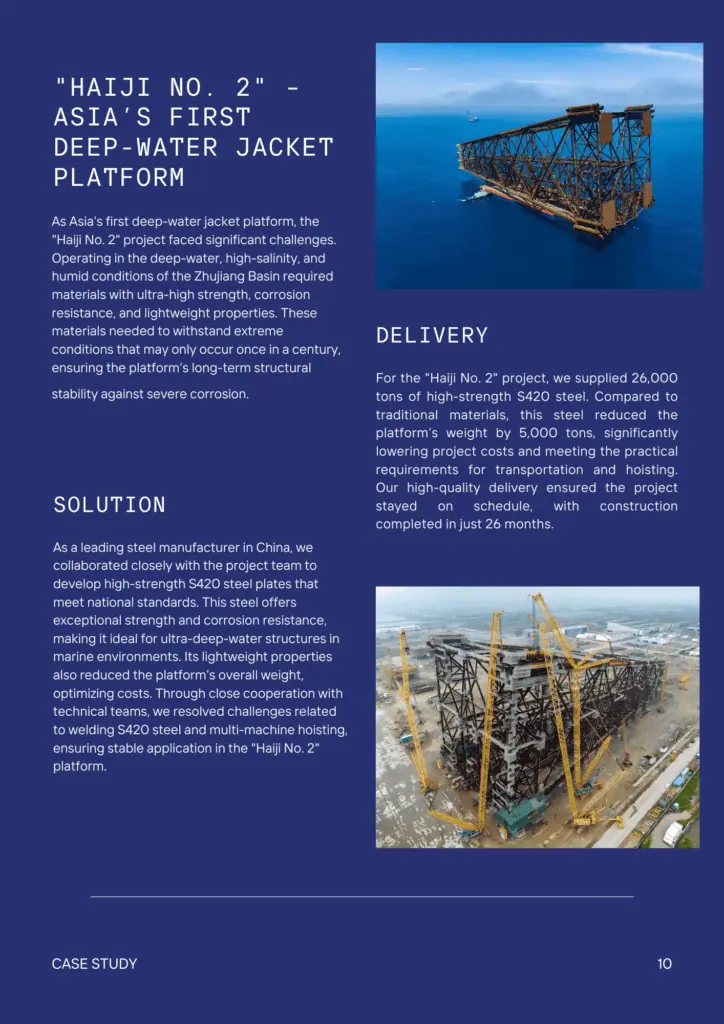Contents
How Hard Is Tool Steel? Balance of Hardness and Toughness
- John

After heat treatment, tool steel’s hardness can reach 50–70 HRC. In its annealed state, tool steel typically has a hardness of 150–250 HB, easy for further machining. Its exact hardness depends on the specific type of tool steel and the heat treatment it undergoes.
Tool steel stands out for its impressive hardness, ideal for cutting tools, molds, and other high-performance applications. At SteelPro Group, we specialize in providing tool steel in both annealed and pre-hardened conditions.
How Hard Is Tool Steel?
Tool steel is much harder than mild steel or structural steel. It needs this hardness to handle tough jobs like cutting and shaping under high pressure and wear. Because of its high performance, machining tool steel is typically done in its annealed state to ensure better workability. Its high hardness also means it can be brittle if not properly tempered.
What Affects Tool Steel Hardness?
Carbon and Alloying Elements
Higher carbon levels of tool steel allow the formation of hard carbides, which increase wear resistance and overall hardness. Alloying elements like chromium, tungsten, and molybdenum further enhance hardness by refining the steel’s microstructure and promoting the formation of carbides.
These elements also improve toughness and heat resistance, making tool steel suitable for demanding applications.
Heat Treatment Processes
Heat treatment of tool steel is essential for modifying the hardness to suit different applications. The main processes include:
Annealing
In this state, the steel has a lower hardness, typically around 150–250 HB.
Annealing helps the steel’s internal structure relax, reducing stress and making it easier to shape and machine. It also improves the steel’s ductility, which is important before hardening or further processing.
Hardening
During hardening and quenching, the tool steel forms martensite, a hard and brittle microstructure, increasing the hardness to 50–70 HRC or higher.
- Water Quenching: Cooling in water is very fast and creates very hard steel, usually around 55–70 HRC, but it can cause cracks due to rapid cooling.
- Oil Quenching: Cooling in oil is slower than water and results in slightly lower hardness, but it reduces the risk of cracking while still creating a hard steel.
- Air Quenching: This method uses air to cool the steel slowly, resulting in a moderate hardness, typically around 50–60 HRC, with less risk of cracking.
Tempering
Tempering reduces brittleness by changing the hard martensite structure into a more stable one. This process helps relieve internal stresses, making the steel less likely to crack while keeping it strong. It makes the steel tougher and more durable for use in demanding applications.
Different Tool Steel Types Hardness
Tool steel is divided into six main types based on heat treatment and performance characteristics. Each type has a typical hardness range at different stages. Below is a summary of the hardness data for each type:
| Tool Steel Type | Annealed Hardness (HB) | Hardened Hardness (HRC) | Tempered Hardness (HRC) |
| Water-Hardening (W-Series) | 200–250 | 50–60 | 55–65 |
| Cold-Work (O, A, D-Series) | 220–250 | 58–64 | 55–60 |
| Hot-Work (H-Series) | 200–250 | 50–55 | 55–60 |
| High-Speed Steel (M, T-Series) | 220–250 | 60–70 | 58–65 |
| Shock-Resistant (S-Series) | 200–250 | 50–60 | 55–60 |
| Specialty Tool Steel (L-Series) | 200–250 | 55–65 | 55–60 |
What Is The Hardest Type of Tool Steel?
The hardest type of tool steel is High-Speed Steel (HSS), especially M-Series and T-Series steels. These steels can reach hardness levels of 65–70 HRC, making them highly wear-resistant and able to withstand high temperatures. They are ideal for cutting tools like drill bits and milling cutters.
How to Test Tool Steel Hardness?
If you want to confirm the hardness of your tool steel, we have some recommended methods:
Use a Rockwell Hardness Tester
The most common method. A diamond or steel ball is pressed into the steel’s surface, and the depth of the indentation is measured. For tool steels, HRC is used.
Use a Brinell Hardness Machine
A large steel ball creates an indentation, and the size is measured to determine the hardness
Use a Vickers Hardness Tester
A diamond pyramid indenter is pressed into the steel, and the size of the indentation is measured under a microscope. It is ideal for small or thin samples.
Tool Steel Hardness and Toughness Balance
If steel is too hard, it can become brittle and break under pressure. So, how does tool steel balance hardness and toughness?
The key is the carbon content. Tool steels with lower carbon, like H13, are tough and can resist breaking while still being hard enough for most uses.
Also, alloying elements like chromium and molybdenum improve strength and heat resistance without making the steel too brittle. These elements help form hard carbides that resist wear while keeping the steel tough enough to handle stress.
Additionally, Tempering also helps balance these properties.
Choose the Right Hardness for Your Tool Steel
Choosing the right hardness for your tool steel is important to make sure it works well for your needs. Now it is time to think about what will the steel be used for.
- For Cutting Tools (e.g., drills, blades): For tools that need to stay sharp, choose steel with a hardness of around 60–70 HRC (like High-Speed Steel).
- For Molds and Dies: If you need steel for molds or dies that will face pressure, go for hardness around 55–65 HRC (like Cold-Work Tool Steel).
- For Impact Tools (e.g., hammers, punches): If the steel will take a lot of impact, choose a steel with lower hardness but higher toughness, around 50–60 HRC (like Shock-Resistant Tool Steel).
If you are still not sure which to choose, feel free to reach out! We can help you pick the best tool steel for your needs.
Our Tool Steel Solutions and Services
SteelPro Group offers a wide selection of tool steels, including grades like M2 High-Speed Steel, D2 Cold-Work Tool Steel, and S7 Shock-Resistant Steel. We also provide machining services to meet your exact needs and can help with heat treatment or tempering.
Let us help you find the right materials for the job.
















